Big cats, including iconic species such as tigers, lions, leopards, and cheetahs, are among the most admired creatures on the planet. Unfortunately, many of these majestic animals are on the brink of extinction. With challenges ranging from habitat loss to illegal poaching, the pressing question arises: should humans intervene to protect these endangered big cats? This article explores the complexities of this issue, examining the pros and cons of human involvement in their conservation.
Understanding Their Challenges
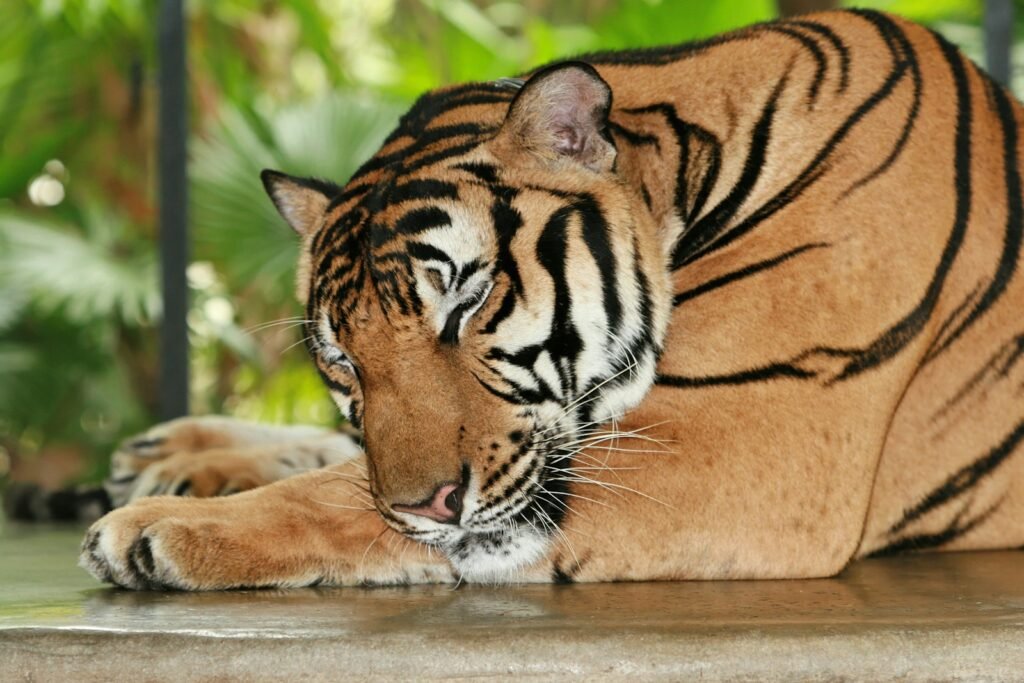
Big cats face numerous threats that have led to a rapid decline in their populations. Habitat destruction due to urban expansion and agriculture is a primary concern. Additionally, illegal poaching for skins, bones, and other body parts has significantly reduced their numbers. Climate change and human-wildlife conflicts also exacerbate their vulnerability. Understanding these challenges is crucial to determining the best strategies for conservation.
The Ethical Dimension of Intervention

When it comes to intervening in nature, ethical considerations abound. On one hand, humans have a moral obligation to rectify the damage caused by their activities. On the other hand, some argue for a hands-off approach, allowing nature to manage itself. This ethical dilemma is at the heart of the debate on whether human intervention in big cat conservation is justified.
Lessons from the Field
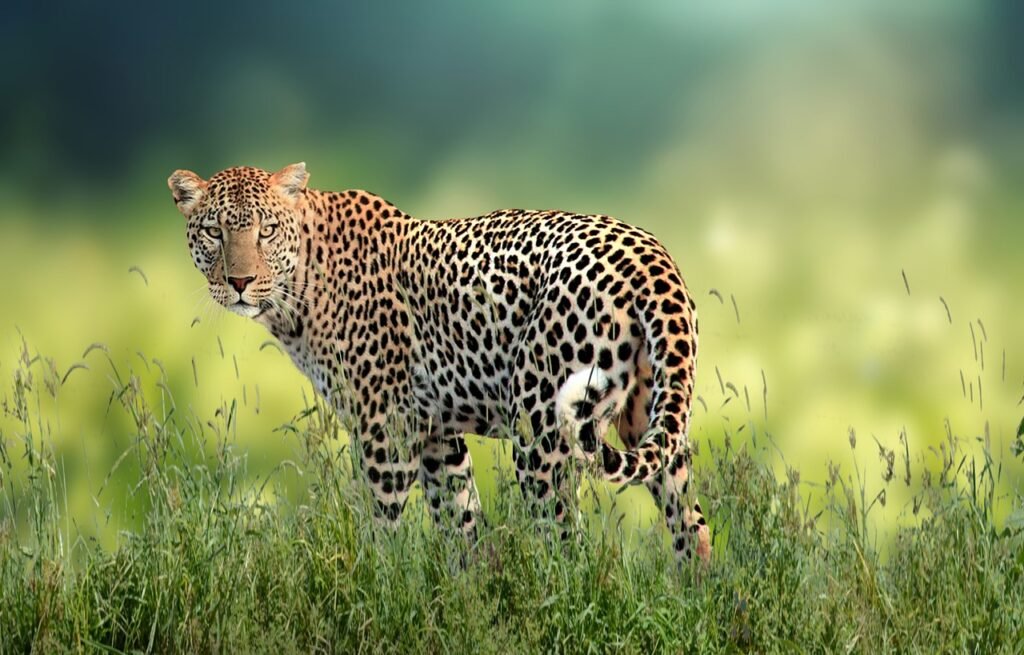
There are several notable success stories in big cat conservation, where targeted human interventions have led to population recoveries. The Amur tiger population, for instance, has seen a resurgence due to robust anti-poaching initiatives and habitat restoration efforts in Russia. Such examples provide valuable insights into effective strategies and the possibility of reversing the decline.
The Role of Technology in Conservation
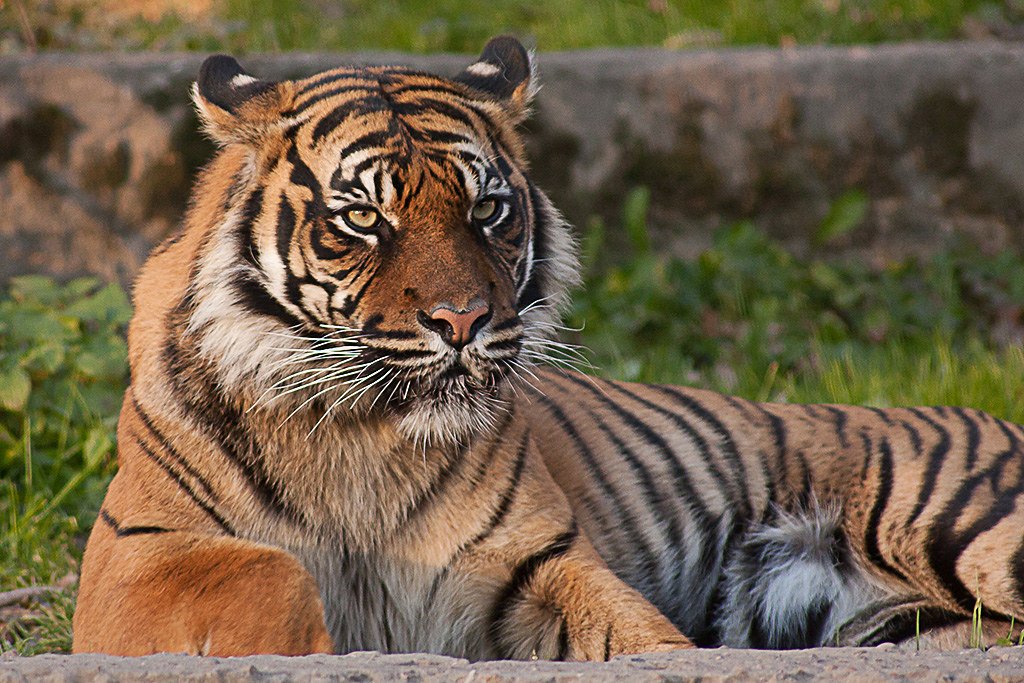
Technology has emerged as a powerful ally in the fight to save big cats. From GPS tracking collars to drones, technological advancements enable more effective monitoring and protection of these animals. Additionally, data analytics helps in understanding migration patterns and habitat usage, allowing conservationists to implement more targeted interventions.
A Key Component
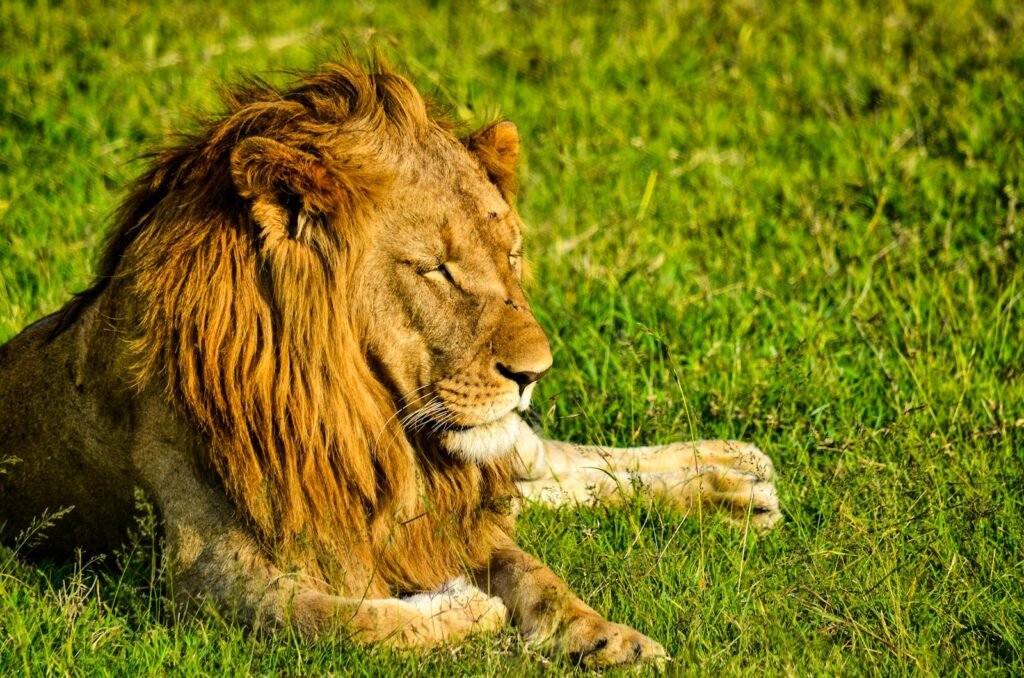
For conservation efforts to be sustainable, local communities must be involved. Community engagement not only helps in educating residents about the importance of big cats but also empowers them to protect their local wildlife. By providing economic incentives through ecotourism and other initiatives, communities can become active partners in conservation efforts.
Balancing Economic Interests and Conservation
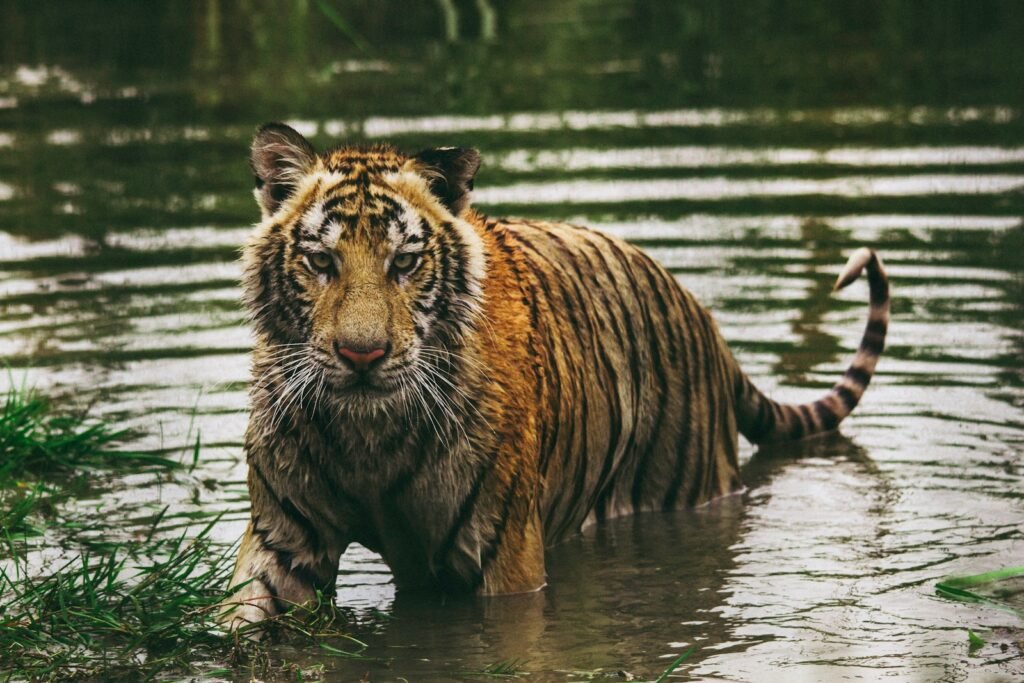
Economic activities often clash with wildlife conservation, especially in regions where big cats roam. Crafting policies that balance economic growth with the need to preserve these species is essential. This includes incentivizing businesses to adopt sustainable practices and creating wildlife corridors to mitigate human-wildlife conflict.
Legal Frameworks and Their Impact
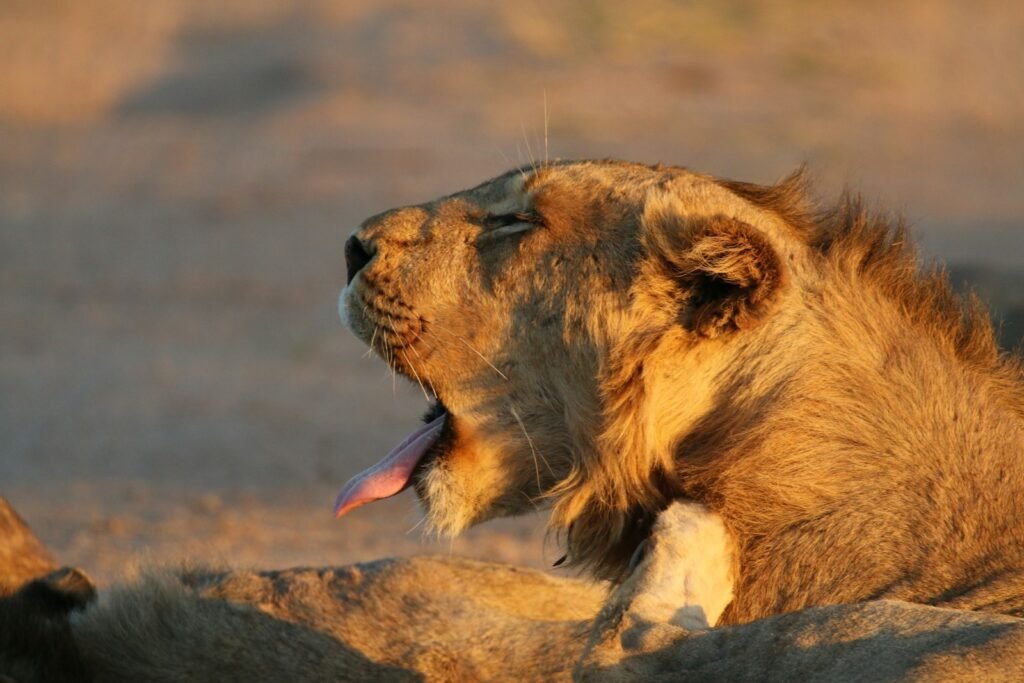
Strong legal protections are vital for the survival of big cats. International agreements such as the Convention on International Trade in Endangered Species (CITES) play a crucial role in regulating trade and providing a legal framework for conservation efforts. However, enforcement remains a challenge, and stronger measures are needed to ensure compliance worldwide.
The Role of Zoos and Sanctuaries
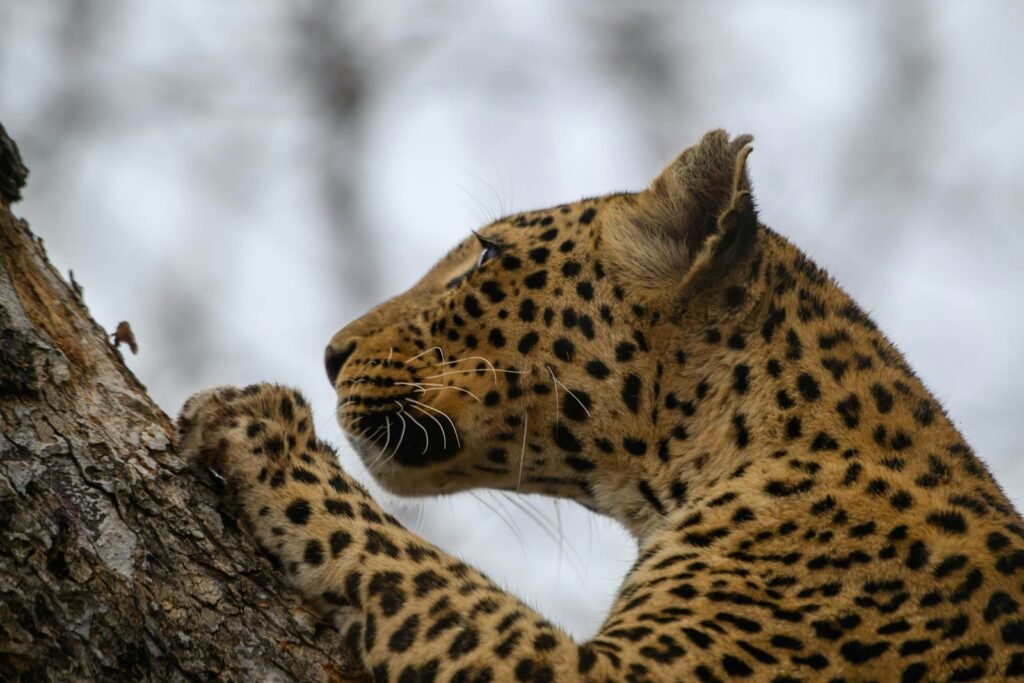
Zoos and wildlife sanctuaries can act as refuges for endangered big cats, offering a controlled environment where breeding programs can help bolster population numbers. These institutions also serve an educational purpose, raising public awareness about the plight of these animals and the importance of biodiversity.
The Path Forward for Big Cat Conservation
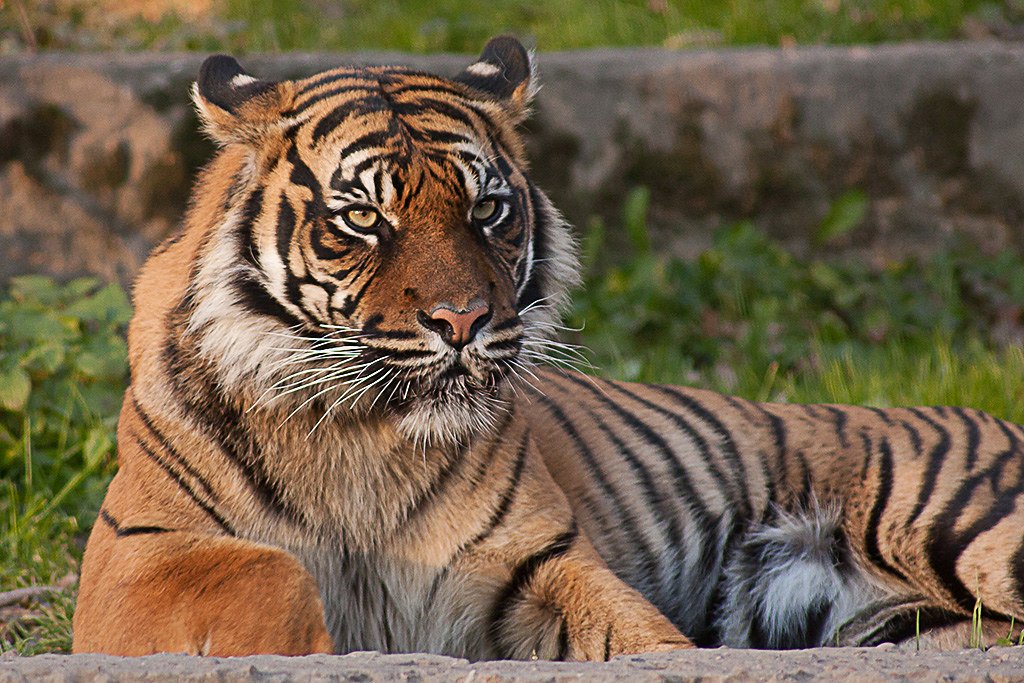
Conserving endangered big cats requires a multifaceted approach, combining ethical considerations with practical strategies. Human intervention, when carefully planned and executed, can play a significant role in safeguarding these magnificent creatures for future generations. By leveraging technology, engaging communities, and strengthening legal frameworks, we can create a sustainable future for big cats, ensuring that they continue to thrive in the wild.

Growing up traveling and experiencing new cultures and wonders, I have had a passion for nature, adventuring, photography, and videography. I am currently working towards a BSc in Biodiversity and Ecology at Stellenbosch University, and I hope to specialise in Marine Sciences one day.
Please send any feedback to Feedback@animalsaroundtheglobe.com






